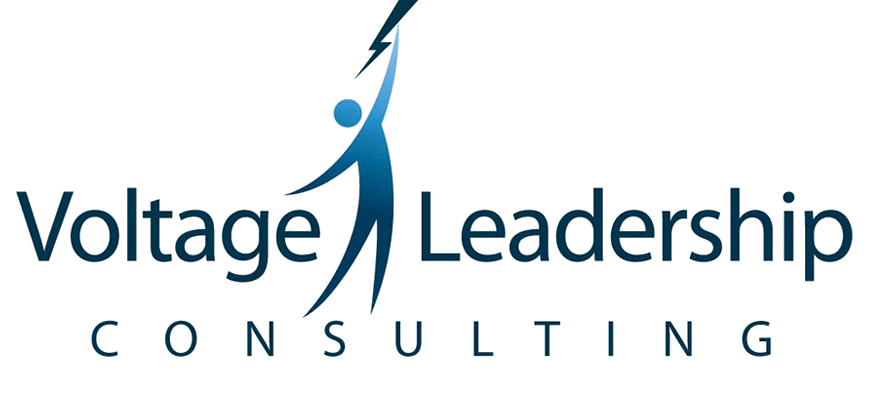INNOVATION INC: MINDING THE COMMUNICATION GAP
Lately I have been curious about exploring the essential ingredients of creative, innovative environments: trust and time.
Today we turn to how to prevent the trust-killer miscommunication from arising. I’ll offer some steps to take when miscommunication, unfortunately and inevitably, occurs.
Here is a typical scenario. Can you see yourself in it?
1. A conversation between two people takes place.
2. One person leaves feeling they’ve made commitments or defined expectations in a certain way.
3. The second person does not leave the conversation with the same understanding.
4. In time, the difference in expectations between the two people bubbles up or boils over.
5. In an instant, trust that may have taken years to cultivate is damaged.
6. At times this hard-won trust is destroyed.
Miscommunication has a painful and perilous cost, and it’s a daily occurrence in most organizations.
Given the frequency of such missteps, it would stand to reason that we would have developed a good process for navigating this difficult terrain. But we haven’t. Instead people deal with the consequences of these miscommunications, typically in silence (or by telling many people except the person involved).
Often the story I hear begins something like this:
“He betrayed me. “
“After what she did yesterday, I don’t trust her anymore.”
“I used to think he meant what he said, now I know he doesn’t.”
“She doesn’t care about anything but herself and this business. I don’t matter.”
“He says one thing to one person and another to someone else. He can’t be trusted.”
“I don’t know what to think anymore. I used to trust her. Now, I just don’t know.”
Miscommunication and distrust wreak havoc on creativity. What can we do to prevent this? Take some time on the front end to avoid problems on the back end! Ensure the expectations are clear. Here’s how.
We need to do 2 things: Push and Pull.
Push expectations by clearly communicating face-to-face and in writing, and then
Pull for understanding of those expectations by asking questions.
It is both Push and Pull that create a communication loop between leaders and their team members.
· If you are assigning work to others, set clear expectations. Preferably both in writing and orally.
· When you are assigned work, or assume a task or project leadership, ask questions to clarify expectations.
· Before leaving the conversation, ask what the other person understands those expectations to be. Make sure they match before you end the conversation.
· Follow up in writing when practicable.
When we have both actions, Push and Pull, embedded in our communication habits, we hold ourselves to a more disciplined approach to communication, and we set our people up to be successful.
Helpful Habits:
Leaders: When you ask someone else to take on an assignment, take the time to ask what they understood you to have assigned. This provides 2 things:
1. The other person has an opportunity to articulate in their own words what their assignment is.
2. You have the chance to check that you have communicated well and been understood. This is the first step of shared ownership over a project or task.
Colleagues and team members: You don’t have to wait for someone else to ask you what you heard them assign. Simply say: “I want to make sure I understood your clearly. Can I repeat it back to you for clarification? What I heard you say was…..” This conversation is especially helpful if you have a highly creative leader. Creative leader’s often share a dozen ideas at a time, forgetting that their ideas feel like assignments to the people around them. Asking clarifying questions will help you learn to distinguish between the ideas for later and the assignments for today.
Yes, it takes time to have these clarifying conversations. It’s an investment in relationship building and trust making. What do you gain by taking the time?
· An accurate picture of the requests that are being made.
· Some insight into how our colleagues think, listen and learn.
· We learn what motivates people and what causes them to stop listening.
Learning to communicate effectively with the people on our teams provides something invaluable for the future: it creates the dividend of trust that pays off with speed, agility, engagement, and best of all, creativity in the future. It is time well spent.
Note of Caution: When it comes to performance or compensation, it is even more critical to ensure accurate communication. In these important conversations emotions tend to run hotter, even when they are easy “Great work!” conversations. When we talk performance or compensation people have their confidence, their lifestyle, and sometimes their identity wrapped up in the conversation. Asking what was heard is a great reality check for everyone involved.
